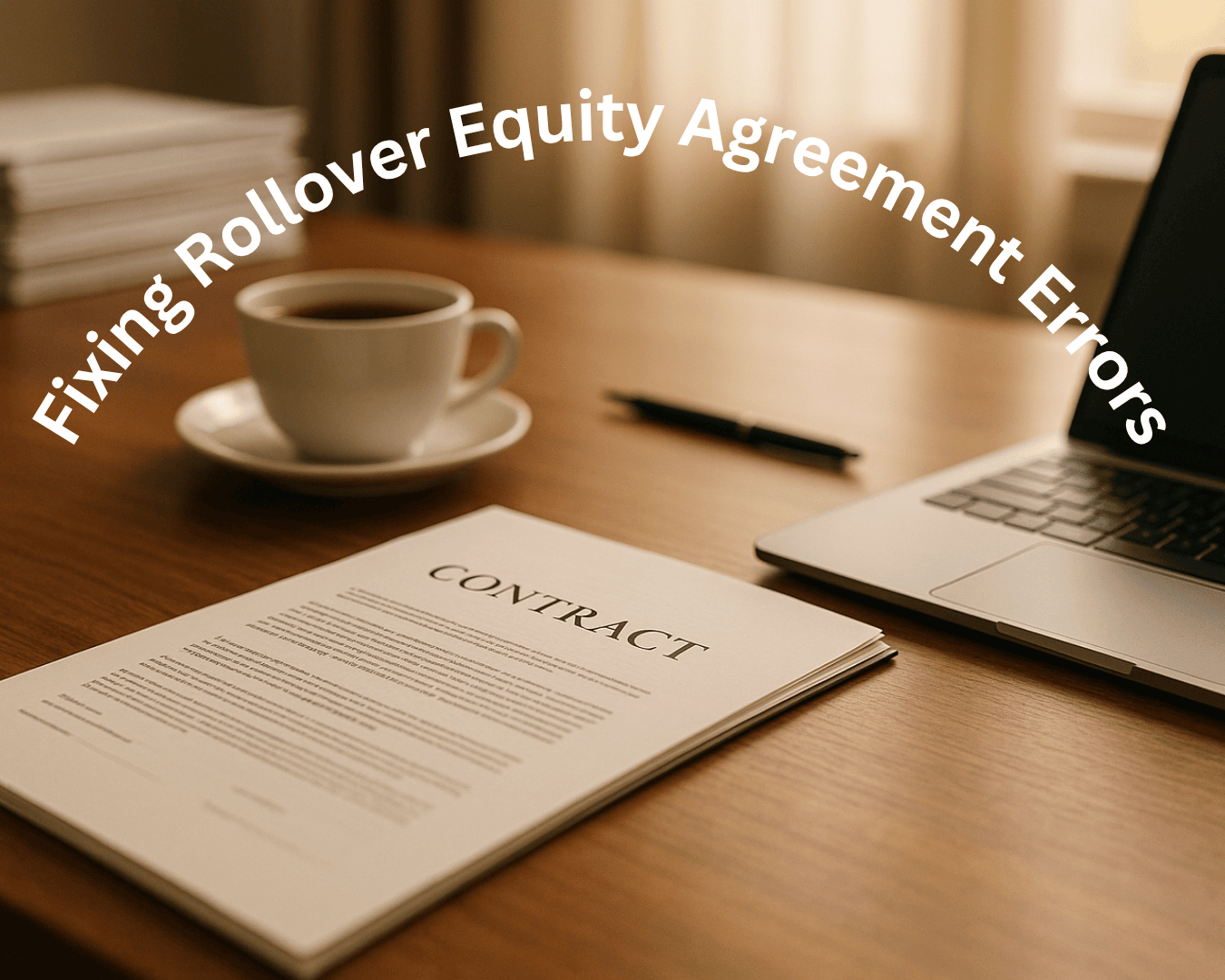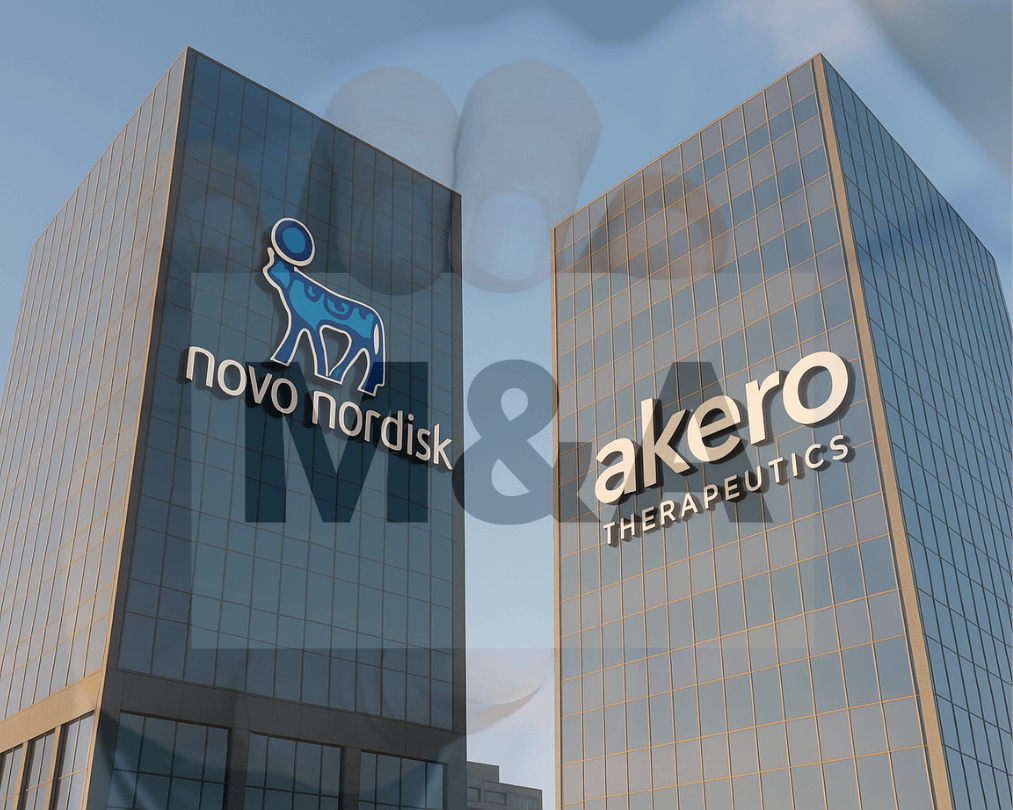When buying or selling a business, understanding deal structures is critical. Here's a quick breakdown of the three main types:
- Asset Purchase: Buyers pick specific assets and liabilities, minimizing risk but requiring more paperwork and higher taxes.
- Stock Purchase: Buyers take over the entire company, including liabilities, for smoother transitions and potential tax benefits.
- Earn-Out: Part of the payment depends on future performance, useful for bridging valuation gaps.
Quick Comparison
| Deal Structure | Key Benefit | Risk/Consideration | Best For |
|---|---|---|---|
| Asset Purchase | Control over assets/liabilities | Complex legal/tax processes | Risk-averse buyers |
| Stock Purchase | Operational continuity | Inheriting all liabilities | Buyers prioritizing smooth transitions |
| Earn-Out | Performance-based payments | Potential disputes over metrics | High-growth or uncertain future potential |
Knowing these structures helps you navigate acquisitions effectively, balancing tax, liability, and operational impacts. Let’s dive deeper into each.
Merger & Acquisition Deal Structures Explained
Asset vs. Stock Purchases
When buying a business, the choice between an asset purchase and a stock purchase significantly impacts the transaction. Let’s break down how these two approaches differ and what that means for buyers.
Asset Purchase Basics
An asset purchase lets buyers pick and choose what they want from a business. This approach allows them to acquire specific assets while leaving behind liabilities they don’t want. Typically, buyers create a new entity to hold these assets, starting fresh without carrying over the seller’s obligations.
This structure is especially useful when there’s a risk of hidden liabilities tied to the business.
| Asset Purchase Component | Buyer's Control |
|---|---|
| Physical Assets | Select specific items |
| Contracts | Assume chosen agreements |
| Liabilities | Leave behind unwanted obligations |
| Intellectual Property | Acquire chosen IP rights |
Stock Purchase Fundamentals
In contrast, a stock purchase involves taking over the entire business entity - assets, liabilities, and all. This method transfers the company as it is, keeping existing contracts, relationships, and obligations intact. One of the biggest advantages here is simplicity, which helps maintain smooth operations.
"A stock purchase allows the buyer to acquire the entire business entity, including all assets and liabilities, which can provide preferential tax treatment and avoid the need to re-title assets. Additionally, the buyer can obtain non-assignable contracts, permits, and licenses without the consent of the other party."
Asset vs. Stock Purchase Comparison
The decision between these two options depends on factors like liability exposure, tax implications, and how much continuity you want in the business.
| Factor | Asset Purchase | Stock Purchase |
|---|---|---|
| Liability Exposure | Limited to acquired assets | Assumes all liabilities |
| Tax Implications | Often higher tax burden | Generally more favorable |
| Legal Process | Requires detailed documentation | Simpler process |
| Business Continuity | May need new permits/licenses | Smooth transition |
| Contract Handling | Third-party consent needed | Automatic transfer |
If minimizing risk and cherry-picking assets is your goal, an asset purchase might be the right fit. On the other hand, stock purchases are better for preserving the existing business structure and taking advantage of potential tax benefits. Make your choice based on your priorities and risk tolerance.
Earn-Out Structures
Earn-outs link part of the purchase price to how well the company performs after the sale. According to a KPMG study, 70% of M&A deals include some form of earn-out component [KPMG, 2020].
Earn-Out Basics
These agreements hinge on meeting specific performance goals after the sale. For example, if a company is sold for $10 million with a 20% earn-out based on revenue growth, the seller could earn an extra $2 million by hitting those targets.
| Earn-Out Component | Description | Typical Range |
|---|---|---|
| Performance Metrics | Revenue, EBITDA, or KPIs | 1–3 key metrics |
| Payment Structure | Percentage of base purchase price | 15–45% additional |
| Timeframe | Period for metric achievement | 2–5 years |
| Payment Frequency | Scheduled or milestone-based | 1–4 payments |
This structure is particularly useful when traditional valuation methods don't fully capture a company's potential. These mechanics provide a flexible way to close valuation gaps.
Earn-Out Applications
Earn-outs work well in industries or situations where future performance is uncertain. A Deloitte survey found that 60% of respondents viewed earn-outs as effective for bridging valuation gaps [Deloitte, 2022]. This structure helps align the interests of both buyers and sellers. Common scenarios include:
- High-growth startups: Often, historical data doesn't reflect future potential.
- Service businesses: Retaining clients is critical for continued success.
- Technology companies: These firms may have promising products but limited revenue history.
However, creating these agreements requires detailed planning to avoid conflicts later on.
Earn-Out Risks
While earn-outs offer benefits, they also come with risks that need to be managed carefully:
| Risk Factor | Impact | Mitigation Strategy |
|---|---|---|
| Metric Disputes | Disagreements over goals | Use clear, objective metrics |
| Post-sale Control | Conflicts over decision-making | Define decision rights |
| Market Changes | Affect target feasibility | Include adjustment clauses |
| Performance Verification | Issues with data accuracy | Allow third-party audits |
To address these challenges, successful earn-out agreements often include:
- Clear Performance Metrics: Define measurable and objective criteria.
- Robust Monitoring Systems: Use regular reporting and third-party audits to ensure transparency.
- Dispute Resolution Mechanisms: Set up clear processes, such as arbitration, with defined timelines for resolving disagreements.
sbb-itb-a3ef7c1
Supporting Deal Elements
Key elements in a deal help protect both parties and make the transition smoother. These components play a critical role in ensuring the success of the agreement.
Seller Financing Options
Seller financing can ease the buyer's financial burden by letting the seller finance part of the purchase price over time. This approach provides flexible payment terms for the buyer while giving the seller a steady income stream. For instance, the seller might agree to finance 20% of the deal over a five-year period.
Non-Compete Terms
Non-compete agreements safeguard the buyer's investment by restricting the seller from starting or joining a competing business after the sale. These agreements are crafted to be enforceable while maintaining reasonable limitations.
| Element | Parameters | Purpose |
|---|---|---|
| Duration | 2-5 years | Protects the buyer's market position |
| Geographic Scope | State or regional level | Defines the competition boundaries |
| Industry Specifics | Related business activities | Prevents direct competition |
| Remedies | Injunctive relief, damages | Ensures enforceability |
Transition Support Agreements
Transition support agreements are essential for maintaining business operations during the handover. These agreements outline the framework for sharing knowledge and providing operational support after the sale. They often include post-sale training, consulting, and the transfer of critical insights. A well-structured agreement specifies key milestones, assigns responsibilities, and ensures the seller's support to make the transition as seamless as possible.
How Clearly Acquired Helps With Acquisitions

Clearly Acquired Platform Tools

Clearly Acquired simplifies the process of acquiring small and medium-sized businesses with a range of digital tools. Its verification system ensures listings are accurate, minimizing risks during due diligence. The platform's advanced search feature makes it easy for buyers to filter options and find the right opportunities.
| Tool | Function | Benefit |
|---|---|---|
| User Verification | Validates identity and credentials | Lowers fraud risk and builds trust |
| AI-Powered Search | Matches buyers with opportunities intelligently | Saves time and improves accuracy |
| Automated NDA System | Handles NDAs digitally | Speeds up initial engagement |
| Deal Management Hub | Centralizes transaction activities | Keeps documents and communication organized |
| Financing Solutions | Connects users with funding options | Eases the financing process |
These tools work together to create a more secure and efficient acquisition process.
Platform Advantages
Clearly Acquired goes beyond tools to simplify acquisitions by making the process more transparent and organized. The deal management hub acts as a central workspace where parties can monitor progress, share documents, and communicate through built-in messaging. This setup ensures that negotiations stay organized and on track.
The platform's all-in-one approach makes it easier to handle complex deals. Buyers and sellers can share information in a secure environment, backed by verification processes that foster trust.
For those new to acquisitions, Clearly Acquired also provides educational resources, including a business acquisition course. These resources help users understand deal structures and make confident decisions. The combination of practical tools and educational support makes it especially helpful for first-time buyers or sellers looking for guidance throughout the process.
Conclusion
Key Takeaways
Here's a quick recap of the main deal structures discussed:
Understanding how different deal structures work is essential for navigating business acquisitions. Asset purchases let buyers pick specific assets while avoiding most liabilities. Stock purchases, on the other hand, require taking on all liabilities but offer tax perks and ensure smooth operational transitions - especially valuable when contracts or licenses are hard to reassign. Lastly, earn-out agreements help bridge valuation gaps by tying part of the payment to future performance, aligning both parties' interests.
| Deal Structure | Main Benefit | Ideal Scenario |
|---|---|---|
| Asset Purchase | Selective acquisition of assets | When liability concerns exist |
| Stock Purchase | Tax benefits and operational continuity | When key contracts or licenses are hard to transfer |
| Earn-Out | Aligns interests via performance-based payments | When future growth is a major factor |
These summaries highlight the trade-offs to consider for each structure.
Moving Forward
Here’s how you can apply this knowledge to your acquisition process:
- Perform due diligence: Dive deep into financials, contracts, and liabilities.
- Consult experts: Work with legal and financial professionals for guidance.
- Leverage tools: Use platforms like the Clearly Acquired deal management hub to keep documents organized and communication smooth.
Carefully assess each structure for its tax, liability, and operational impacts to pick the best option for everyone involved. For more complex deals, consider setting up an escrow account to handle post-closing adjustments or unexpected issues.
FAQs
What is the difference between asset purchase and stock purchase?
In an asset purchase, buyers can pick and choose specific assets and liabilities they want to acquire. This allows them to avoid taking on unwanted liabilities, offering more control and reducing potential risks.
In contrast, a stock purchase involves buying the entire company, including all its assets and liabilities. This method ensures business continuity since existing contracts, licenses, and relationships remain intact. However, it requires extensive due diligence because all liabilities come with the deal.
What is the difference between a stock deal and an asset deal?
While they may seem similar, stock and asset deals differ significantly in how ownership and operations are handled. Here's a quick breakdown:
| Aspect | Asset Deal | Stock Deal |
|---|---|---|
| Ownership Transfer | Specific assets and liabilities are transferred | Entire company ownership changes hands |
| Asset Handling | Each asset is negotiated separately | Assets stay with the company |
| Operational Impact | May need re-titling and new contracts | Business operations remain seamless |
| Tax Considerations | Can allow a step-up in asset basis | Keeps the current tax basis unchanged |
The primary difference lies in ownership transfer. Asset deals focus on individual components, while stock deals maintain the company's overall structure, keeping business operations and relationships steady.






.png)
























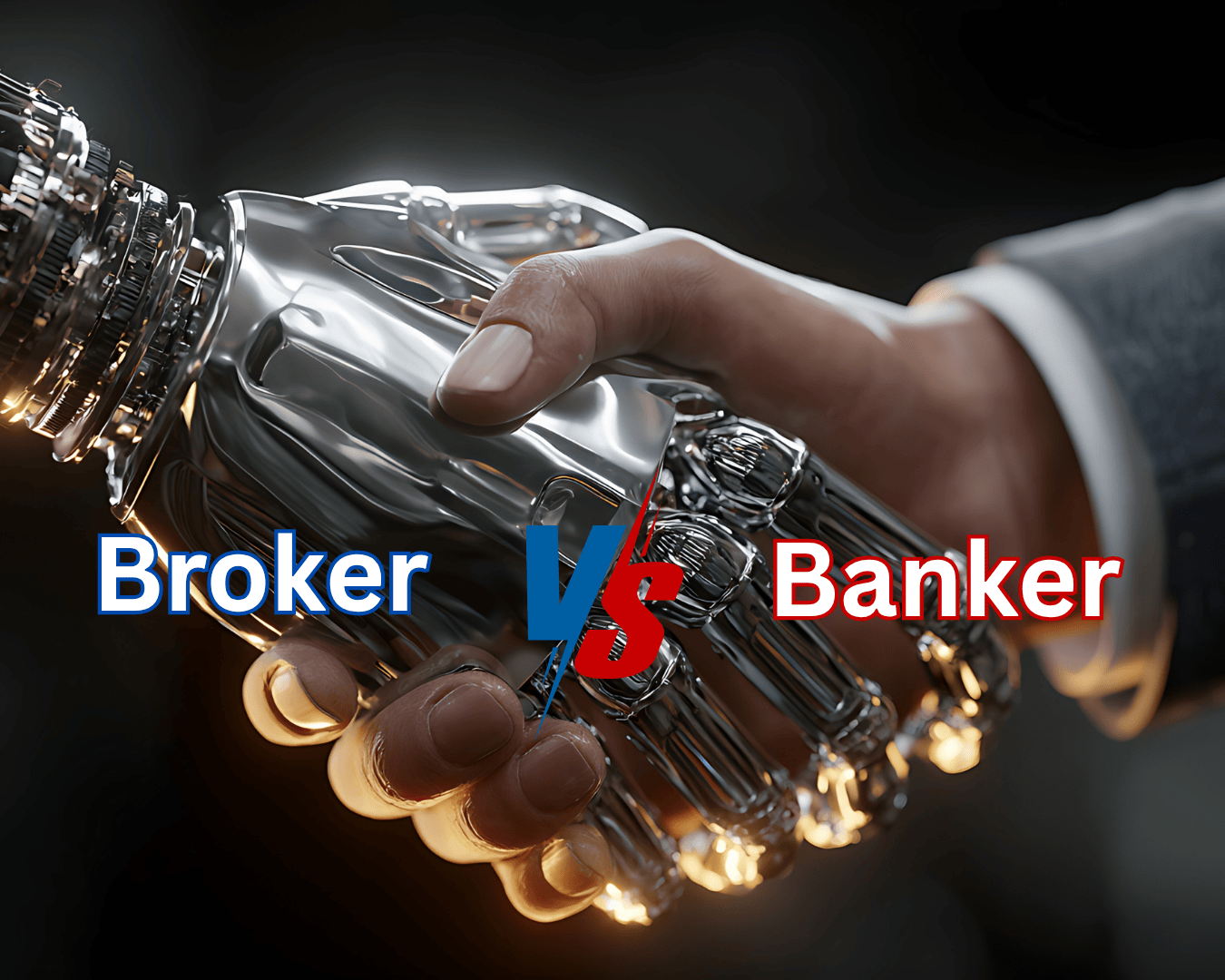




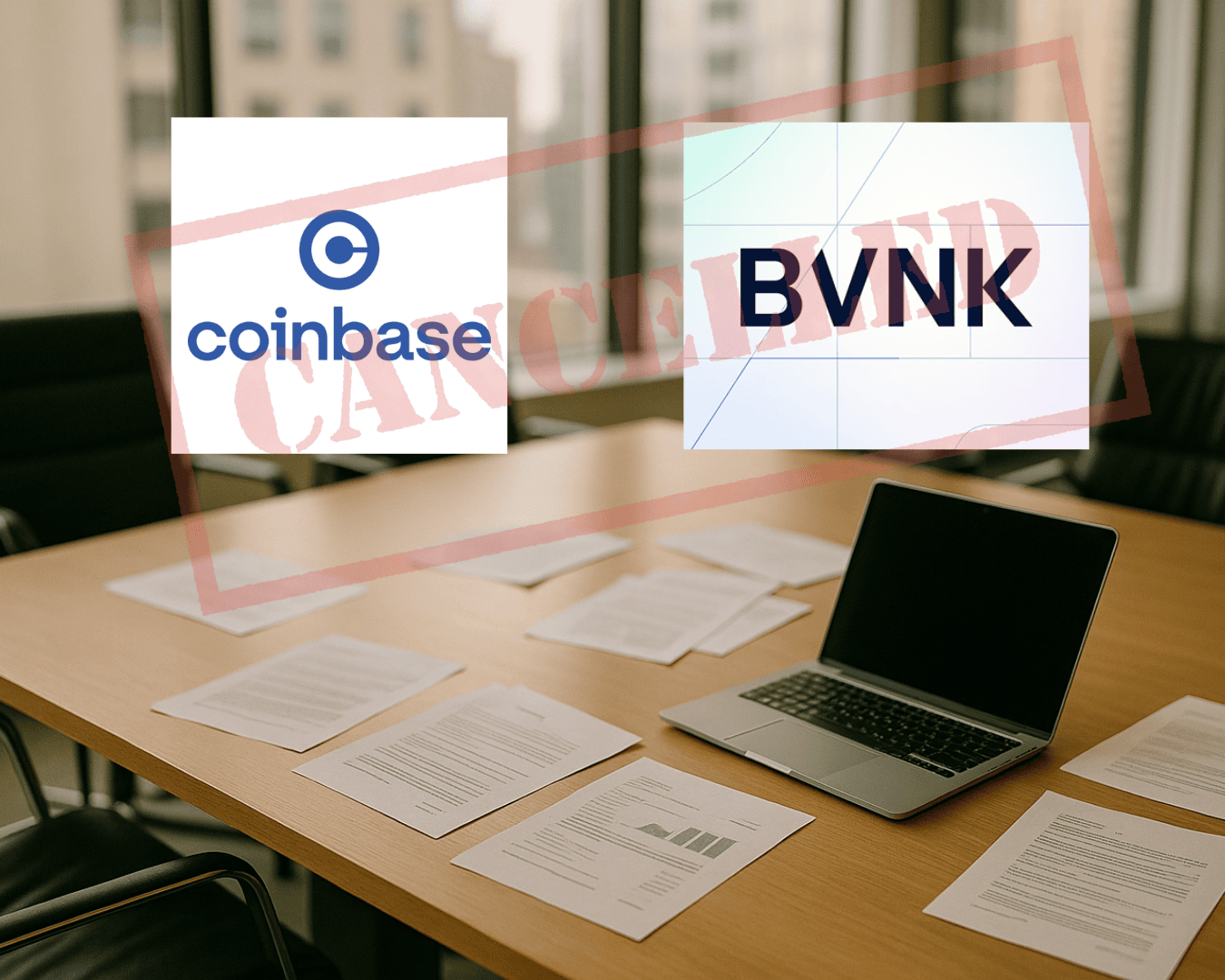









.png)

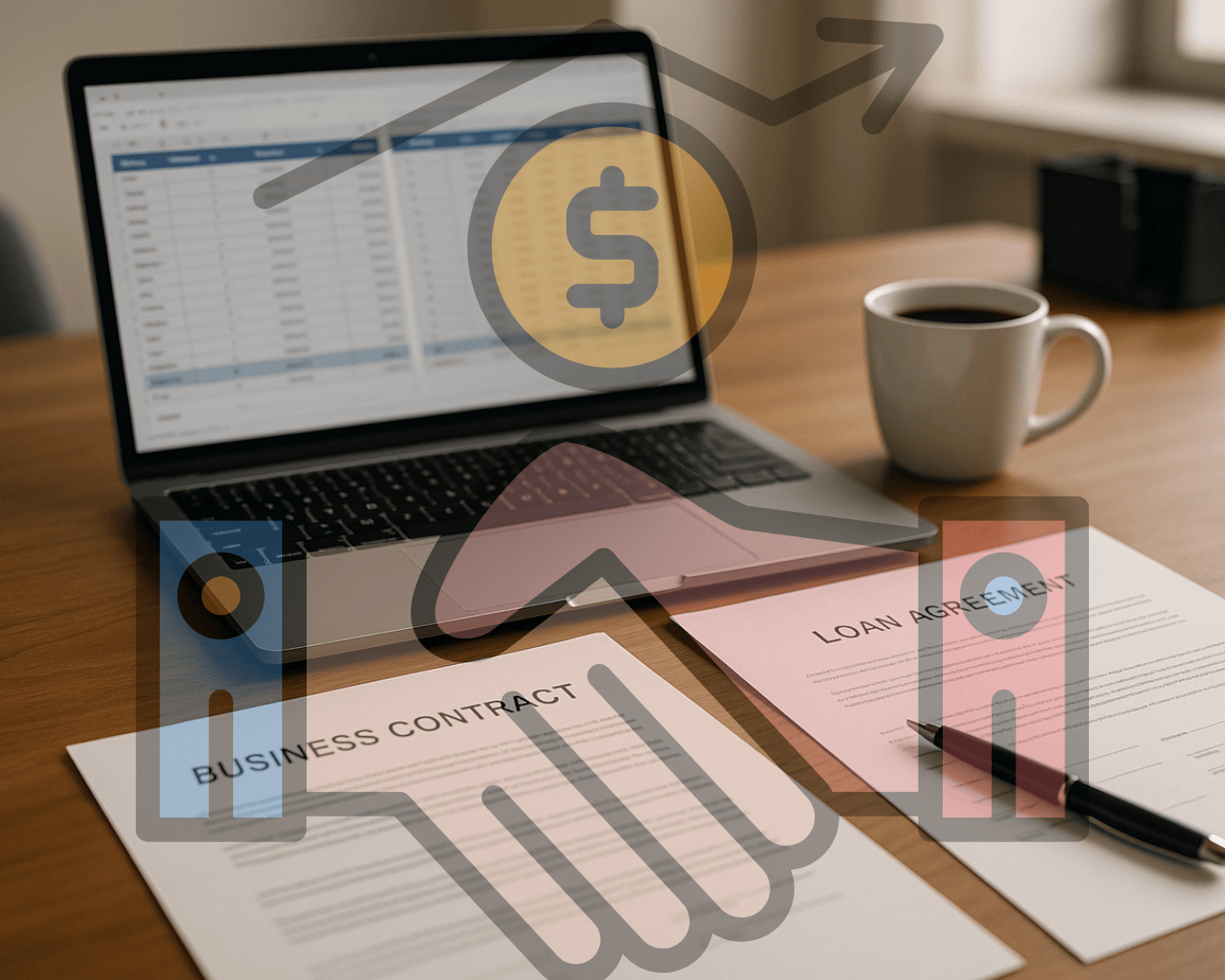


























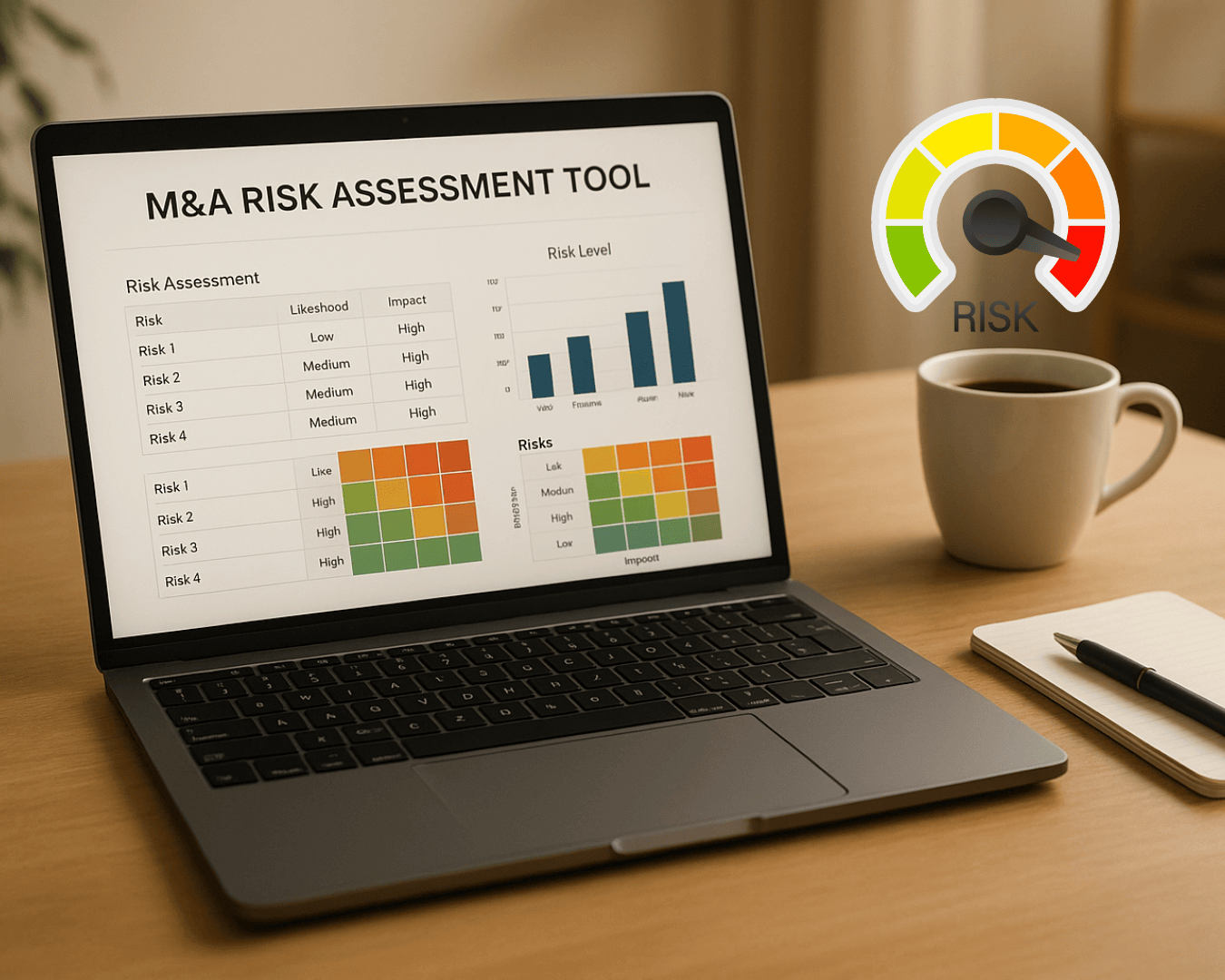

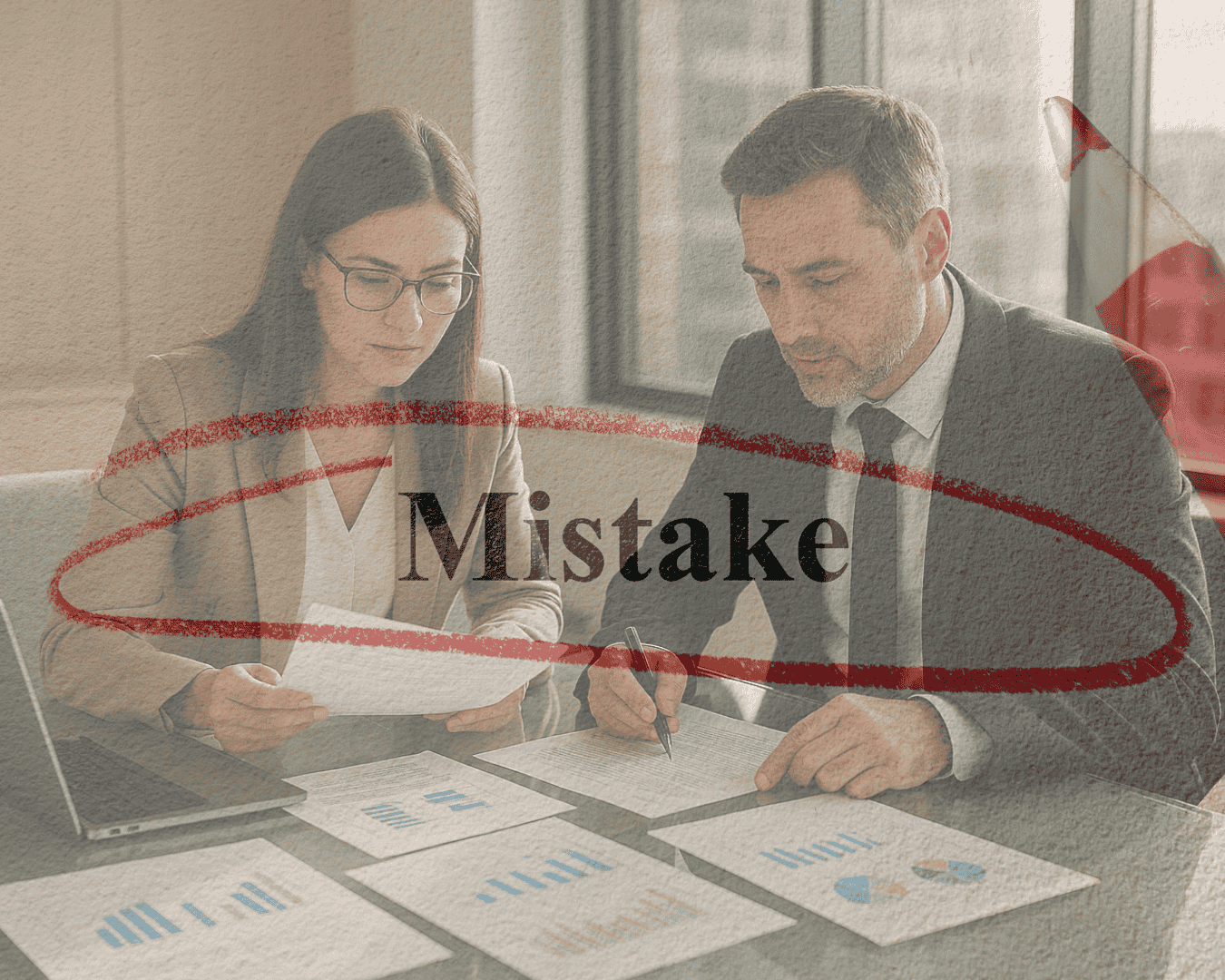
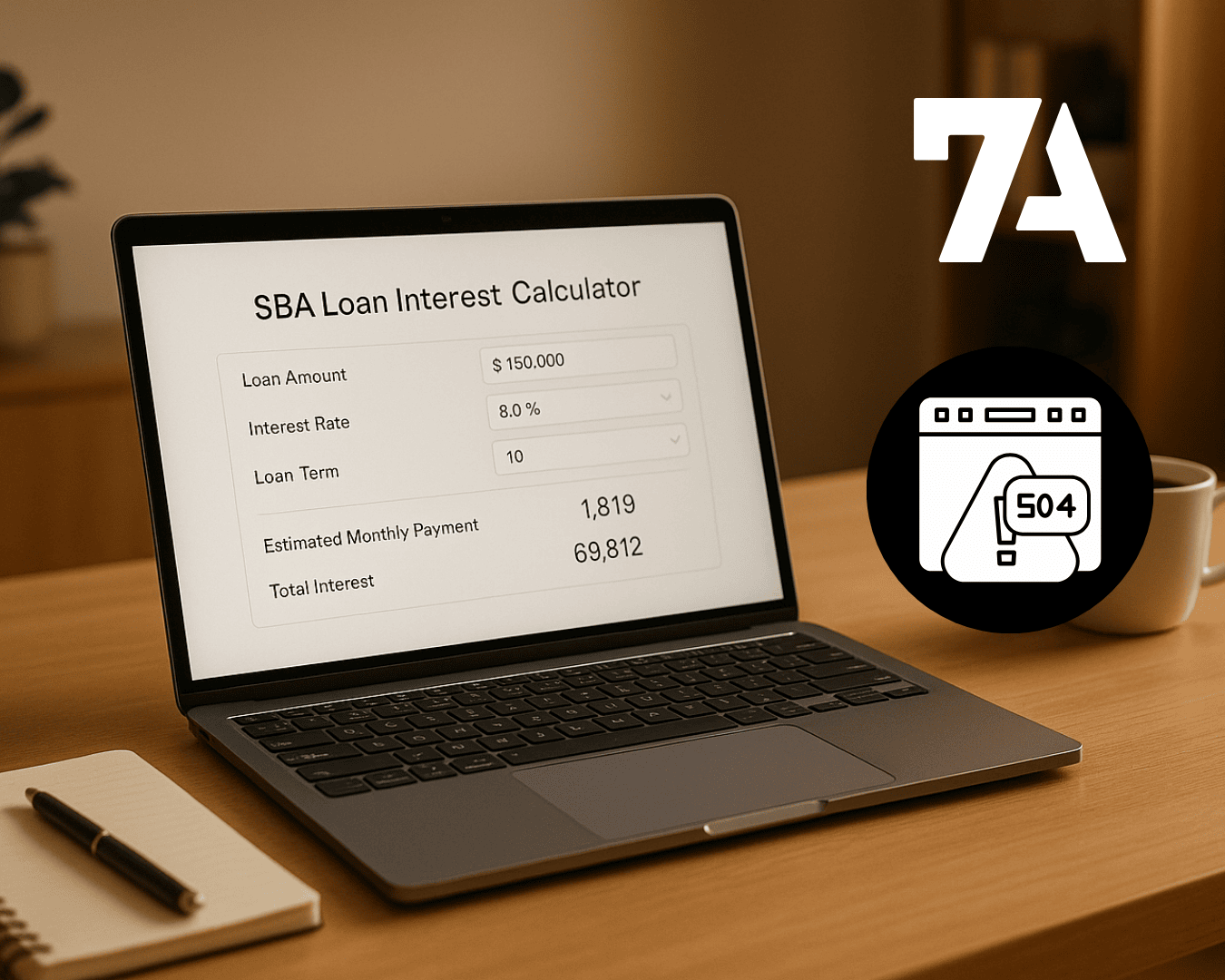








%20Loan%20Application%20Checklist.png)
